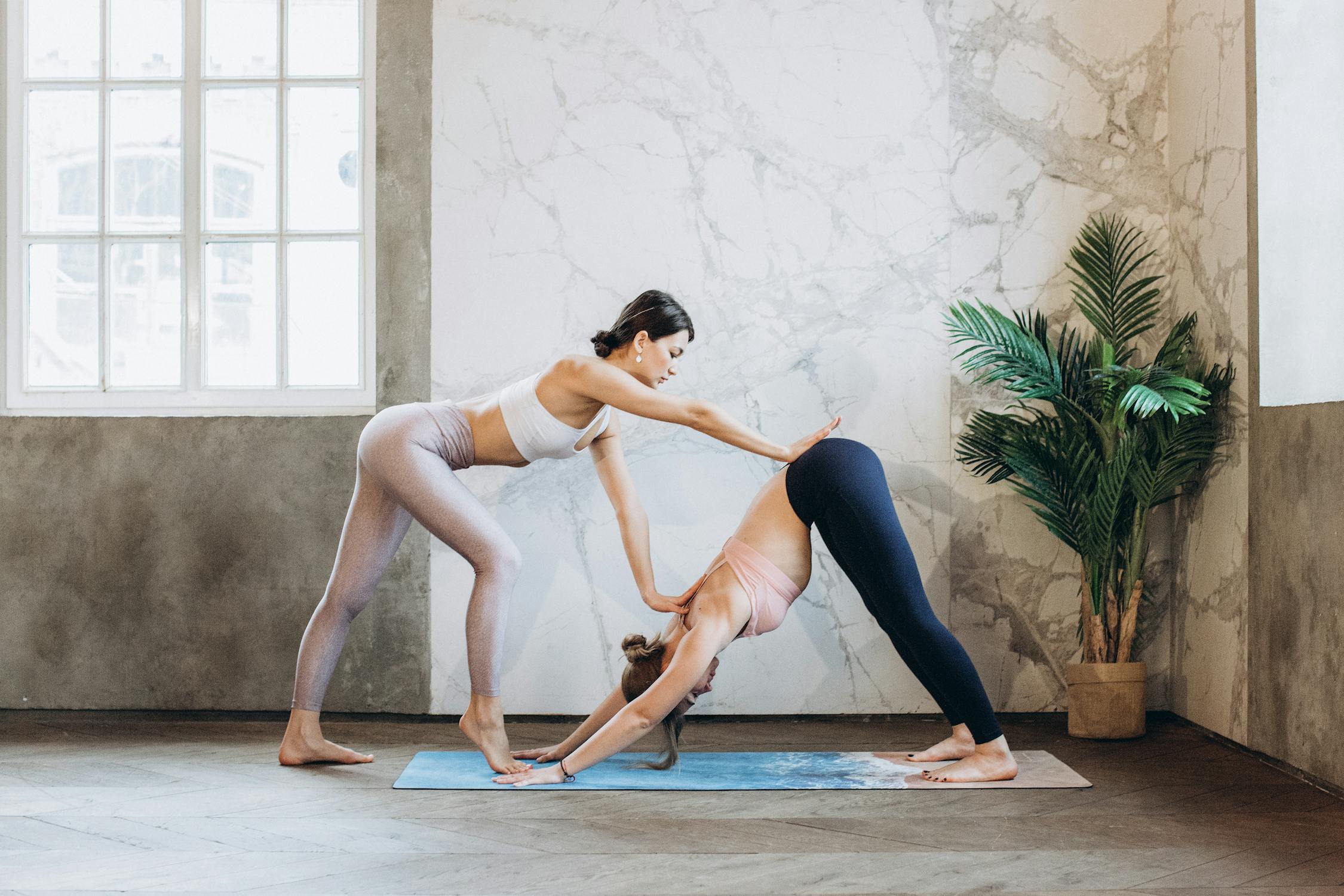
Best 5 Yoga Asana for Immunity
Yoga is an ancient practice that involves physical poses, concentration, and deep breathing. Derived from the Sanskrit word ‘yuj’ which means ‘to unite or integrate’; Yoga is a 5,000-year-old Indian body of knowledge.
As we are all aware of the fact that health is the real wealth, yoga involves movement, meditation, and breathing techniques to promote your mental and physical well-being. Yoga can also help you to control the risks of several diseases.
Yoga is a mind and body practice. Yoga poses work by stretching your muscles. They can help you move better and feel less stiff or tired. There are various styles of yoga with a combination of physical postures, breathing techniques, and meditation or relaxation.
In this blog, we will learn about how Yoga can help boost your immunity.
But before delving further, you should always eat a healthy and balanced diet to support your immune system. Not to mention, drink plenty of fluid and what can be better than pure drinking water.
Although Yoga is a form of advanced exercise, this too requires a warm up mode.
Let us learn about the warm up mode before proceeding with the actual Yoga poses.
- Perform soft rhythmic jumps 50 times to free your body. You can also use a skipping rope for the same.
- Swing your arms forward and backward powerfully 10 times.
- Circle the shoulders 10 times both on the front and at the back .
- Twist your waist with your arms both open and stretched and even folded on the waist 5 times on the either side.
- Gently circle the knees, left and right sides, 5 times each.
- Circle the ankles clockwise and anti-clockwise with the front toe pressed to the ground and heel raised 5 times each.
Let’s start with the Shalabasana or the Locust Pose.
- First lie flat on your stomach.
- Next keep your arms can be stretched out ahead. You can keep your arms either in front of you or even beside you.
- Keep your knees straight and feet together
- Breathe in and lift your legs and arms up together
- Lift your head up raising your chest off the floor as much as possible
- Stay in the posture for 10 seconds
Benefits: The benefit of Salabhasana is that it helps in stretching your back and increases flexibility of your body and lessens the additional fat.
Next we have the Anjaneyasana or the Low lunge pose
- Begin in Samasthithi
- Step back with your left leg at the back, drop down your knee so that it touches the floor and extend your toes out
- Your legs must be wide enough to align with your right knee with the right ankle
- Push your pelvis downward
- Raise your arms overhead
- Bend your upper body towards the back and form an arch (which resembles a half moon)
Benefits: Low lunge pose is good for the lower part of your body
Then we have the Bakasana or the Crow Pose
- Begin on all fours with your palms and knees on the ground
- Place your elbows down aligned shoulder distance and spread our your fingers out
- Bring your knees to your triceps
- Lean forward shifting your body weight onto your triceps
- Slowly lift both your feet off the ground and balance
- Focus at a point and hold
Benefits: Crow pose improves balance and strengthens core
The fourth asana is the Tadasana or the Mountain Pose
- Stand straight with your feet together
- Keep your back straight
- Bring your palms together and interlock them
- Breathe in deeply; lift to stretch your arms up, and palms facing outward
- Look up and gently drop your head back on your shoulders
- Hold for 5 to 10 seconds.
- Repeat the same procedure for 1 to 2 times
Benefits: Tadasana can help you relieve stress
Finally, we have the Krupa Chaturanga Dandasana or the Four Limbed Staff Pose on Elbows
Chaturanga Dandasana is also called low plank
- Start on all fours, ensuring palms are under the shoulders and knees below hips
- Lift your knees off the ground and align your pelvis with your shoulders for Plank Pose
- Slowly drop your elbows on your mat one by one
- Align your elbows with your shoulders
- Engage your core
Benefits: This asana improve core strength, posture, and stability. It even aligns your whole body and builds strength in the muscles on either side of your spine.
And now, the Bonus part;
Pranayama is the most essential of all Yoga.
- Sit in a comfortable and relaxed position. Calm your mind, forget all the chores and whatever you are thinking for the moment.
- Observe your thoughts very deeply.
- Perform Ujjayee for 5 minutes.
- Perform Ujayee with Antara Kumbhaka (hold your breath after inhaling) for 5 minutes.
- Perform Anuloma Viloma for 10 minutes.
- Perform Kapalabhati (150 blows) with adequate rest in between.